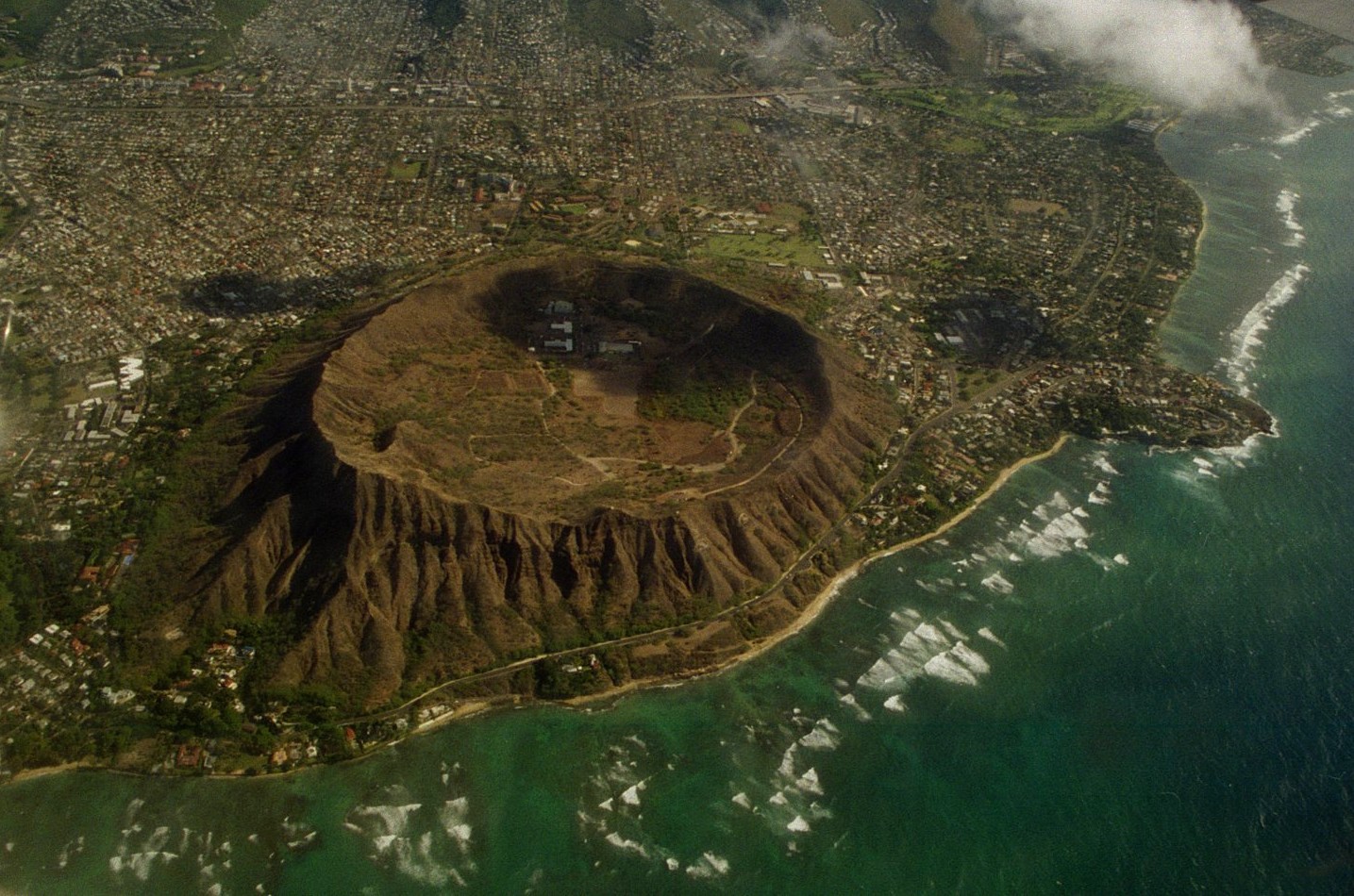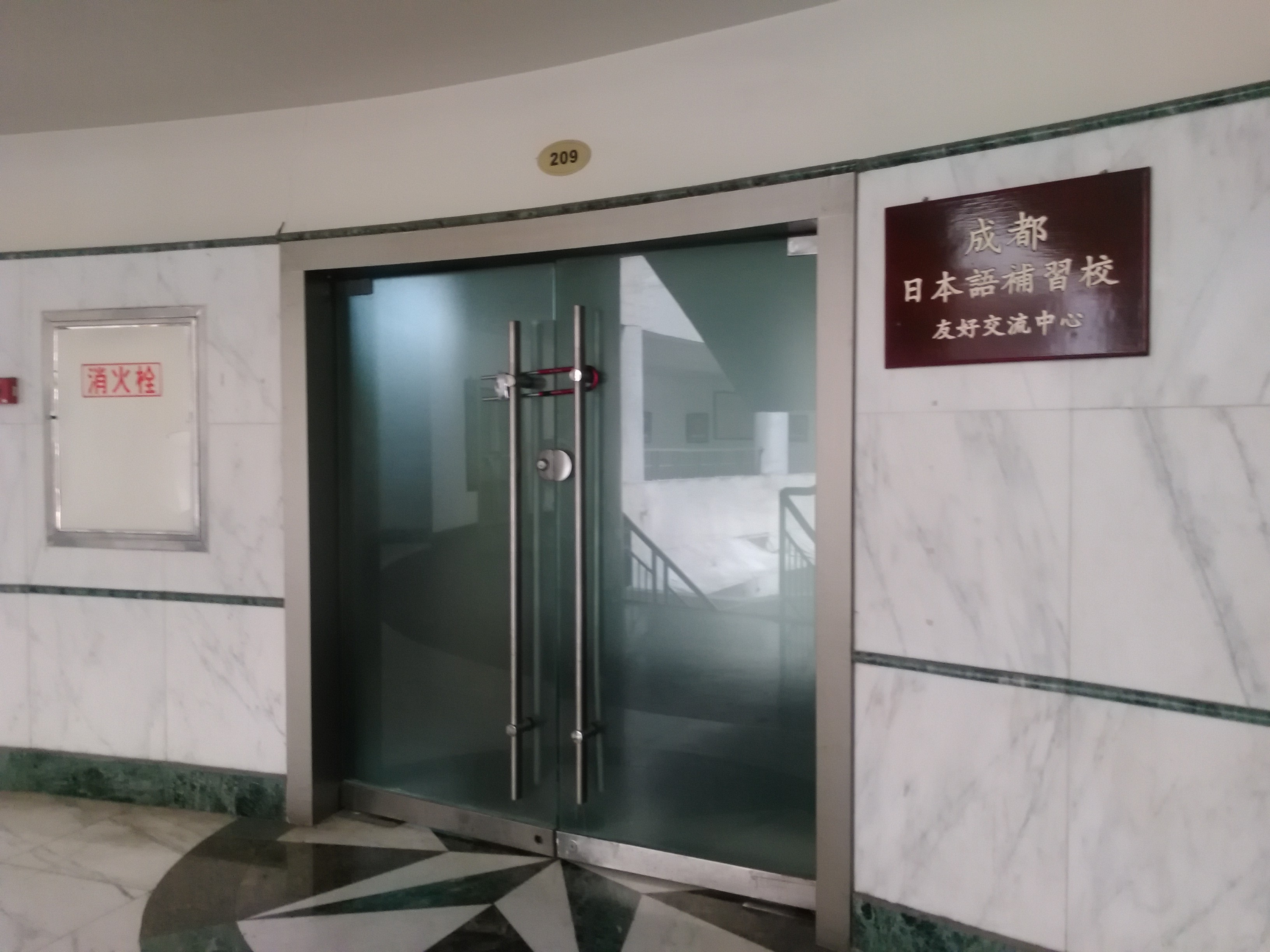|
Kaimuki
Kaimukī is a residential neighborhood in Honolulu, Hawaii, United States. History In the 19th century the area was a farm of King Kalākaua, where ostriches roamed wild over the mountain side. It later became the site of a carnation farm for funeral flowers. Now a mix of residential area with a small business district (mainly restaurants and service industries), it is located in the urbanized Honolulu region near Kahala and Diamond Head. Kaimukī is an ancient Hawaiian name. Its name comes from ''Ka imu kī'' meaning "The ti root oven" in the Hawaiian language. The area was known for the many ovens used to bake roots of kī ''Cordyline fruticosa'', or ti, into a sweet food similar to candy. Kaimukī's main street is Waialae Avenue, pronounced . Several restaurants and stores are located on this street, as well as Kaimukī District Park. Pu‘u o Kaimukī aka “Kaimuki Hill” is the predominant feature of the area and has been a reservoir, a telegraph station, an observa ... [...More Info...] [...Related Items...] OR: [Wikipedia] [Google] [Baidu] |
Kaimuki High School
Kaimuki High School is a WASC-accredited four-year public high school located in Honolulu, Hawaii, United States. Kaimuki High School falls under the jurisdiction of the Hawaii Department of Education. It is bordered by the Manoa-Palolo Drainage Canal, Kapiolani Boulevard, Kaimuki Avenue, Crane Park and Date Street. It is, as its alma mater states, in view of Diamond Head. The campus boasts the sculpture ''Pueo'' (owl) by Charles W. Watson. History During World War II when schools were allowed to reopen, a McKinley Annex was started in Kaimuki Intermediate School for sophomores and juniors residing in that part of the city. These students went to school in the afternoon from 12:20 p.m. to 5:00 p.m. In September 1943, the McKinley Annex became Kaimuki High School. The student government was established along democratic lines. A constitution written cooperatively was adopted by the student body in 1944. In 1947, plans for Kaimuki High School's new location were initia ... [...More Info...] [...Related Items...] OR: [Wikipedia] [Google] [Baidu] |
Honolulu
Honolulu (; ) is the capital and largest city of the U.S. state of Hawaii, which is in the Pacific Ocean. It is an unincorporated county seat of the consolidated City and County of Honolulu, situated along the southeast coast of the island of Oahu, and is the westernmost and southernmost major U.S. city. Honolulu is Hawaii's main gateway to the world. It is also a major hub for business, finance, hospitality, and military defense in both the state and Oceania. The city is characterized by a mix of various Asian, Western, and Pacific cultures, reflected in its diverse demography, cuisine, and traditions. ''Honolulu'' means "sheltered harbor" or "calm port" in Hawaiian; its old name, ''Kou'', roughly encompasses the area from Nuuanu Avenue to Alakea Street and from Hotel Street to Queen Street, which is the heart of the present downtown district. The city's desirability as a port accounts for its historical growth and importance in the Hawaiian archipelago and the broader P ... [...More Info...] [...Related Items...] OR: [Wikipedia] [Google] [Baidu] |
Saint Louis School
Saint Louis School, located in the neighborhood of Kaimuki in Honolulu, Hawaii, is a historic Roman Catholic college preparatory school for boys. It was founded in 1846 to serve Catholics in the former Kingdom of Hawaii. Located within the Roman Catholic Diocese of Honolulu, it is affiliated with the Society of Mary, a religious order of brothers and priests called the Marianists who also administer Chaminade University of Honolulu, formerly the college section of Saint Louis School. It is located near Sacred Hearts Academy, a girls' school founded by the Congregation of the Sacred Hearts of Jesus and Mary, and both schools hold joint programs such as cultural festivals and the JROTC. History Establishment Saint Louis School was originally located in the Āhuimanu area of windward Oahu as the College of Āhuimanu, founded in 1846 by the Fathers of the Congregation of the Sacred Hearts of Jesus and Mary. In 1881, the school was relocated to Beretania Street, in downtown Honolul ... [...More Info...] [...Related Items...] OR: [Wikipedia] [Google] [Baidu] |
Chaminade University Of Honolulu
Chaminade University of Honolulu is a private Marianist university in Honolulu, Hawaii. Founded in 1955 by the Society of Mary, Chaminade is located in Kaimuki, Honolulu at the base of St. Louis Heights. Chaminade offers bachelor's degrees in 23 fields of study and five master's degree programs. The school specializes in biology, business, criminal justice, education, forensic sciences, interior design, nursing, and religious studies. Chaminade University is accredited by the Western Association of Schools and Colleges (WASC). History Chaminade University of Honolulu was named after Father William Joseph Chaminade, a French Catholic priest who survived persecution during the French Revolution. He founded the Society of Mary in 1817. In 1849, Marianists sent missionaries to the United States to serve immigrant populations. In September 1883, eight Marianist priests arrived in Honolulu and established Saint Louis School, today a middle and high school for boys. With the e ... [...More Info...] [...Related Items...] OR: [Wikipedia] [Google] [Baidu] |
Sacred Hearts Academy
Sacred Hearts Academy, also known as Sacred Hearts or SHA, is located on 3253 Waialae Avenue, in the town of Kaimuki in Honolulu, Hawaii, is a historic Roman Catholic college preparatory school for girls founded in 1909 to serve the needs of early Hawaii Catholics in the former Territory of Hawaii. The school maintains a special relationship with Chaminade University of Honolulu and the all-boys Saint Louis School, both administered by the Society of Mary. History Sacred Hearts was originally founded by nuns from the Congregation of the Sacred Hearts of Jesus and Mary, the religious order of Father Damien. The precursor of the institution was founded as a boarding and day school next to the Cathedral Basilica of Our Lady of Peace in Honolulu in 1859. The current manifestation was founded in 1909 as a boarding school, it grew rapidly within the next decade and, by the 1920s, more buildings were added to accommodate the students. The sisters ran the school until 1990, when it passe ... [...More Info...] [...Related Items...] OR: [Wikipedia] [Google] [Baidu] |
Hawaii Department Of Education
The Hawaii State Department of Education (HIDOE) is a statewide public education system in the United States. The school district can be thought of as analogous to the school districts of other cities and communities in the United States, but in some manners can also be thought of as analogous to the state education agencies of other states. As the official state education agency, the Hawaii State Department of Education oversees all 283 public schools and charter schools and over 13,000 teachers in the State of Hawaii. It serves approximately 185,000 students annually. The HIDOE is currently headed by Superintendent Christina Kishimoto (since Aug. 1, 2017). The department is headquartered in the Queen Liliuokalani Building in Honolulu CDP, City and County of Honolulu on the island of Oahu. Public schools in Hawaii take their money from the state general fund and not from property taxes. History Kamehameha III established Hawaii's first public education system on October 15, ... [...More Info...] [...Related Items...] OR: [Wikipedia] [Google] [Baidu] |
Diamond Head, Hawaii
Diamond Head is a volcanic tuff cone on the Hawaiian island of Oahu and known to Hawaiians as Lēahi (). The Hawaiian name is most likely derived from ''lae'' (browridge, promontory) plus ''ahi'' (tuna) because the shape of the ridgeline resembles the shape of a tuna's dorsal fin. Its English name was given by British sailors in the 19th century, who named it for the calcite crystals on the adjacent beach. Geology Diamond Head is part of the system of cones, vents, and their associated eruption flows that are collectively known to geologists as the Honolulu Volcanic Series, eruptions from the Koolau Volcano that took place long after the volcano formed and had gone dormant. These eruptive events created many of Oahu's well-known landmarks, including Punchbowl Crater, Hanauma Bay, Koko Head, and Mānana Island in addition to Diamond Head. Diamond Head, like the rest of the Honolulu Volcanic Series, is much younger than the main mass of the Koolau Mountain Range. While the ... [...More Info...] [...Related Items...] OR: [Wikipedia] [Google] [Baidu] |
Kalani High School
Kalani High School is a four-year public high school located in East Honolulu, Hawaii, USA. Kalani is a part of the Hawaii Department of Education. Kalani is located on Kalanianaole Highway. It is accredited by the Western Association of Schools and Colleges. Opened in 1958, Kalani serves the residential areas of Niu Valley, Āina Haina, Āina Koa, Maunalani Heights, Waialae-Kāhala, Kāhala, and portions of the Kaimukī area. The current principal is Mitchell Otani. Kalani's facilities include: 9 main buildings, a physical education locker/trainer facility, cafeteria, gymnasium, several portable buildings which serve as a temporary home for the Red Cross, a large building for their musical department, a swimming pool, tennis courts/basketball courts, and a marching band practice/soccer field/football field surrounded by a dirt track. A separate Judo room, and girls locker room was added in 2018. In the 2000 U.S. Census the U.S. Census Bureau defined Kalani High as being in ... [...More Info...] [...Related Items...] OR: [Wikipedia] [Google] [Baidu] |
Hoshū Jugyō Kō
, or are supplementary Japanese schools located in foreign countries for students living abroad with their families. ''Hoshū jugyō kō'' educate Japanese-born children who attend local day schools. They generally operate on weekends, after school, and other times not during the hours of operation of the day schools.Mizukami, Tetsuo (水上 徹男 ''Mizukami Tetsuo''). ''The sojourner community lectronic resource Japanese migration and residency in Australia'' (Volume 10 of Social sciences in Asia, v. 10). BRILL, 2007. , 9789004154797. p136 The Ministry of Education, Science, Sports and Culture (Monbusho), as of 1985, encouraged the opening of ''hoshū jugyō kō'' in developed countries. It encouraged the development of full-time Japanese ("person," not "language") day schools, in Japanese ''nihonjin gakkō'', in developing countries. In 1971, there were 22 supplementary Japanese schools worldwide.Goodman, Roger. "The changing perception and status of ''kikokushijo''." In: Good ... [...More Info...] [...Related Items...] OR: [Wikipedia] [Google] [Baidu] |



